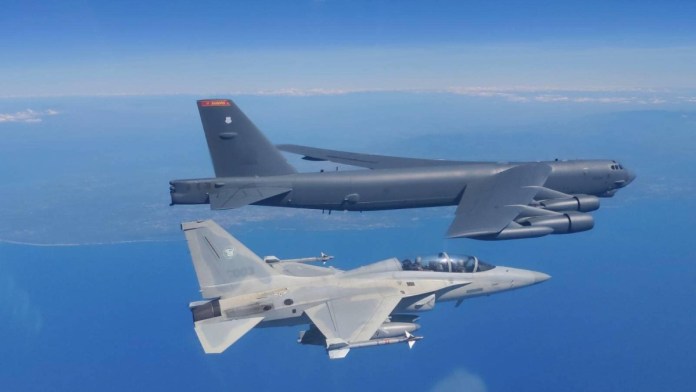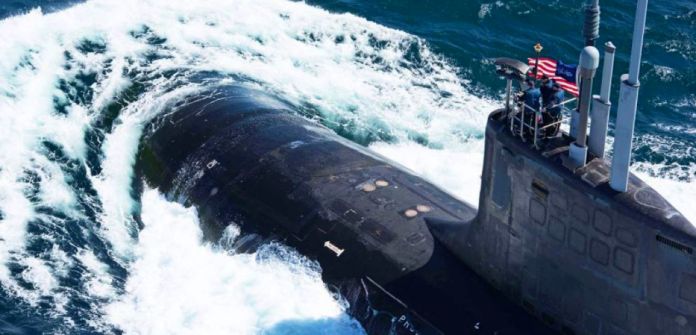Argentina's stance on its relationship with China is increasingly evident, with plans underway for a formal inspection of a Chinese "space station" situated on Argentine soil. The station, established in 2014 under an agreement with the previous administration, has raised concerns and triggered suspicions within the US government.
The Argentine government is considering a thorough inspection to evaluate potential irregularities associated with the base and ensure compliance with contractual obligations. This move coincides with Argentina's recent procurement of surplus F-16 fighter jets from Denmark, signaling a shift towards alignment with Western powers under President Javier Milei's leadership.
While China claims the station is for peaceful space exploration, concerns persist about its military implications and the lack of Argentine oversight. US officials have expressed skepticism, highlighting the need for transparency regarding China's activities at the base.
Despite past defenses of the station by Argentine administrations, questions remain about its operational control and the extent of Chinese military involvement. While some experts suggest US concerns may be overstated, the inspection reflects Argentina's efforts to assert control over its territory amid geopolitical tensions.


